
Ever thought about how simple food choices can really change your health? It’s true! What you eat can totally transform your circulation, protect your heart, and even give you more energy. There’s this important gas in our bodies called nitric oxide, and it’s a big deal for healthy blood flow. If you’re not eating the right stuff, you might be dealing with bad circulation, high blood pressure, or just feeling tired without knowing why. But don’t worry, we’re going to talk about 12 amazing foods that can naturally pump up your nitric oxide levels, helping you feel better all around.
What is Nitric Oxide and Why Does it Matter?
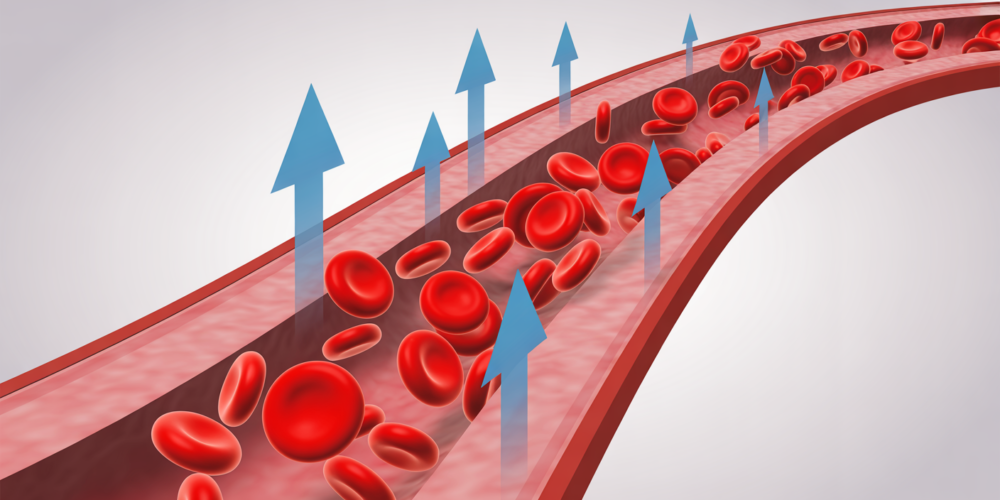
Okay, so let’s clear something up right away. When we talk about nitric oxide, we’re talking about a gas that’s naturally made in your body. It’s not the same as “nitrous oxide,” which is that “laughing gas” dentists sometimes use. Nitric oxide, or NO for short, is a big player in how your body works. It helps control things like how your blood moves around, how your body handles swelling, and even how well you perform physically.
Think of it like a tiny messenger in your blood vessels. It tells them to relax and open up. This is super important for your heart and blood flow. As a doctor who sees a lot of people with circulation issues, I can tell you that nitric oxide is a really big deal for heart health.
The Amazing Benefits of Nitric Oxide

When you have good levels of nitric oxide in your body, a lot of good things happen. It’s like giving your body a little superpower.
First off, it’s a powerful vasodilator. That’s a fancy way of saying it helps your blood vessels relax and get wider. When your vessels are relaxed, blood can flow through them much easier. This means better circulation all over your body. And guess what? Better circulation often means lower blood pressure, which is a huge win for your heart. It helps keep your heart safe and lowers your chances of getting heart problems.
But it’s not just about your heart. Nitric oxide also helps with physical performance. When your blood vessels are open, more oxygen and good stuff can get to your muscles. This can give you more energy and help your muscles bounce back faster after you’ve been active. So, if you feel tired a lot, or want to do better in your workouts, nitric oxide might be part of the answer.
And here’s something else: nitric oxide plays a part in erectile function. It helps make sure there’s enough blood flow where it needs to be.
Beyond that, NO has properties that help with swelling in the body. It can help calm things down when your body is overreacting, and it can even give your body’s defenses a boost.
Your brain gets a benefit too! When blood flows better to your brain, it can help your thinking skills stay sharp. It might even help protect your brain as you get older.
Finally, nitric oxide helps with healing. If you get a cut or an injury, it can help your body fix itself faster and make new cells.
So, you see, nitric oxide is pretty important for a lot of different parts of your health. And the cool thing is, you can help your body make more of it just by eating certain foods.
12 Foods to Naturally Boost Nitric Oxide
You might be wondering, “Can food really do all that?” Yes, it can! Your diet is a powerful tool. Here are 12 foods you can add to your plate to help your body make more nitric oxide and feel better. Try to include at least one of these in your meals each day.
12. Beets: The Circulation Champion
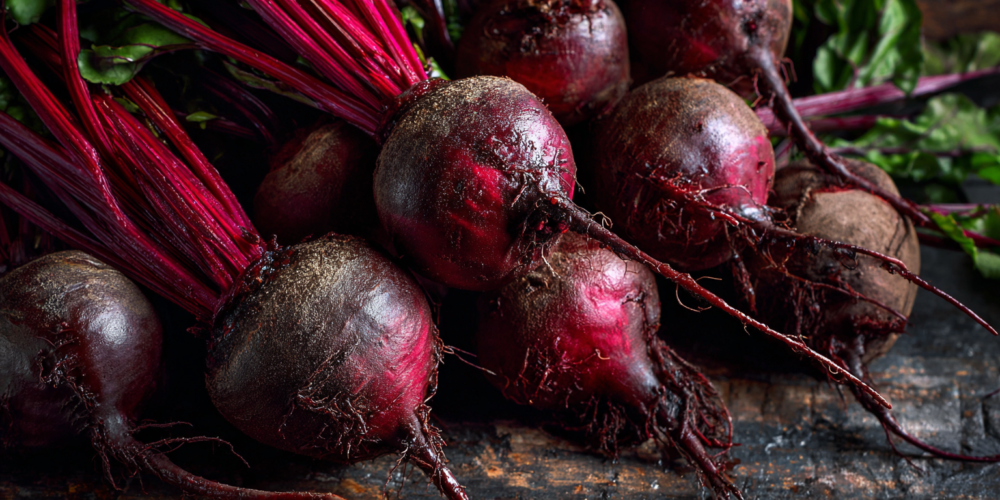
Beets are like the superstars of nitric oxide boosting. They’re packed with something called nitrates. When you eat beets, your body turns these nitrates into nitric oxide. Studies have shown that drinking beet juice can actually lower blood pressure and make you perform better physically. Some research even suggests that beet juice can improve your physical performance by up to 16%! That’s a pretty big jump for a simple vegetable. You can roast them, add them to salads, or even blend them into a smoothie.
11. Pomegranate: A Powerful Antioxidant Shield

Pomegranates are amazing fruits, not just because they taste good, but because they’re full of antioxidants. These antioxidants do a cool job: they help protect the nitric oxide in your body from breaking down too quickly. This means the nitric oxide can do its work for longer. Eating pomegranates regularly can help your arteries stay healthy and reduce swelling in your body. All of this leads to better circulation and helps keep your heart safe from problems. Try adding pomegranate seeds to your yogurt or salads for a burst of flavor and health.
10. Walnuts: Heart-Friendly Nuts

Walnuts, especially the pecan kind, have something called L-arginine. This is an amino acid that helps your body make nitric oxide. But that’s not all! Walnuts are also full of Omega-3 fatty acids. These are good fats that help calm swelling in your body and can even help lower the “bad” cholesterol. So, munching on a handful of walnuts is a smart move for your heart and blood vessels. They make a great snack or addition to oatmeal.
9. Radishes: A Root for Your Vessels
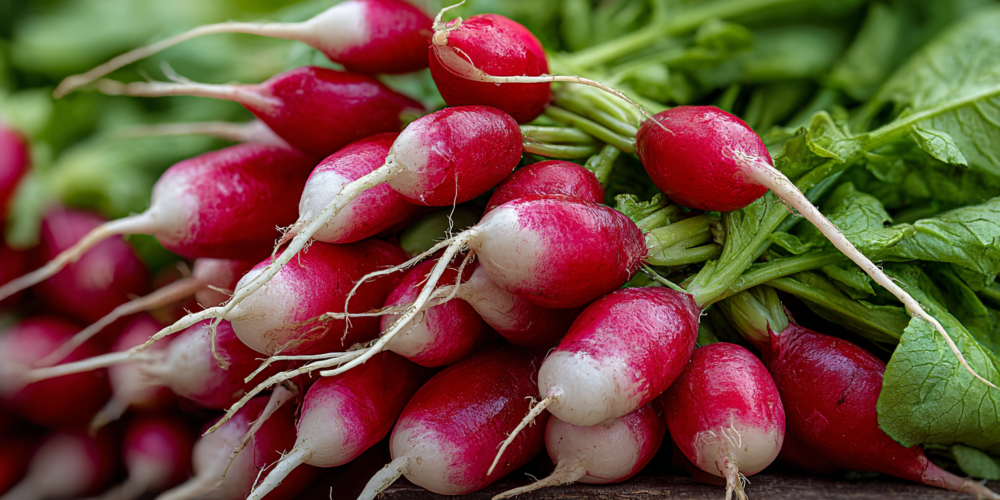
Radishes are those crunchy, peppery vegetables, and they’re another great source of natural nitrates. Just like beets, your body turns these nitrates into nitric oxide. This helps your blood flow better and keeps your heart healthy. Radishes also have properties that fight swelling and are full of antioxidants. These help protect your blood vessels from stress, allowing them to open up better and helping to keep your blood pressure in a good range. Slice them thin and add them to your sandwiches or salads for a fresh crunch.
8. Garlic: More Than Just Flavor
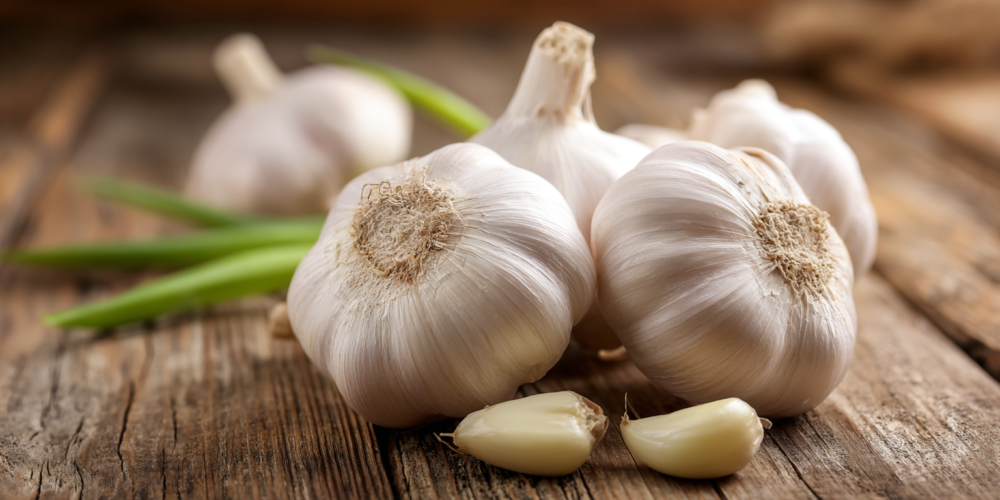
You might be surprised by this one! Garlic isn’t just for making your food taste good. It has properties that help your blood vessels open up. There’s a compound in garlic called allicin that helps your body release nitric oxide and get your blood moving better. Plus, garlic has antioxidants that help protect your heart. So, adding more garlic to your cooking is a simple way to help your circulation and keep your heart happy.
7. Eggplant: A Purple Powerhouse
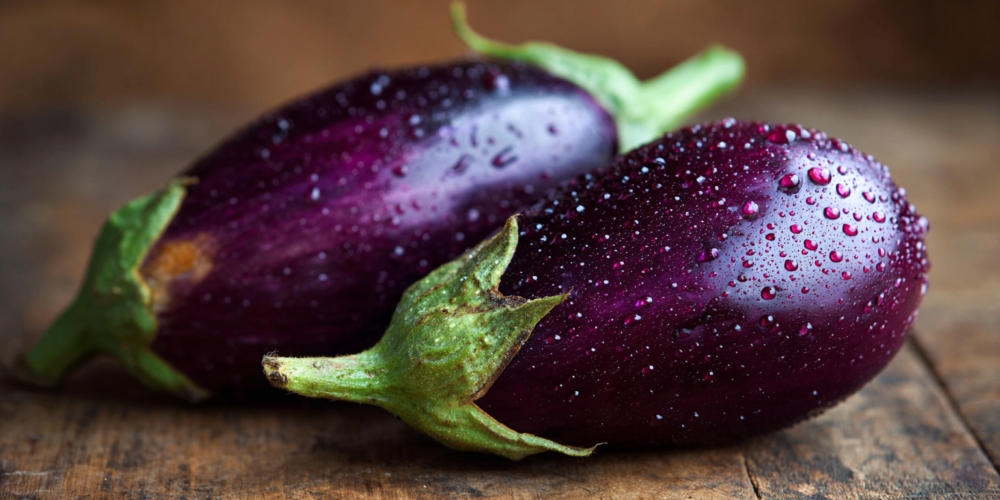
Eggplant is a rich source of antioxidants, especially ones called anthocyanins. These are the things that give eggplant its purple color. These antioxidants play a big part in keeping your heart healthy. They help protect nitric oxide from breaking down too fast, letting it do its job of relaxing and widening your blood vessels for a longer time. Eggplant is also full of fiber and low in calories, which is good for keeping your cholesterol and blood pressure at healthy levels. Try grilling or baking eggplant for a tasty side dish.
6. Dark Chocolate: A Sweet Treat for Your Heart
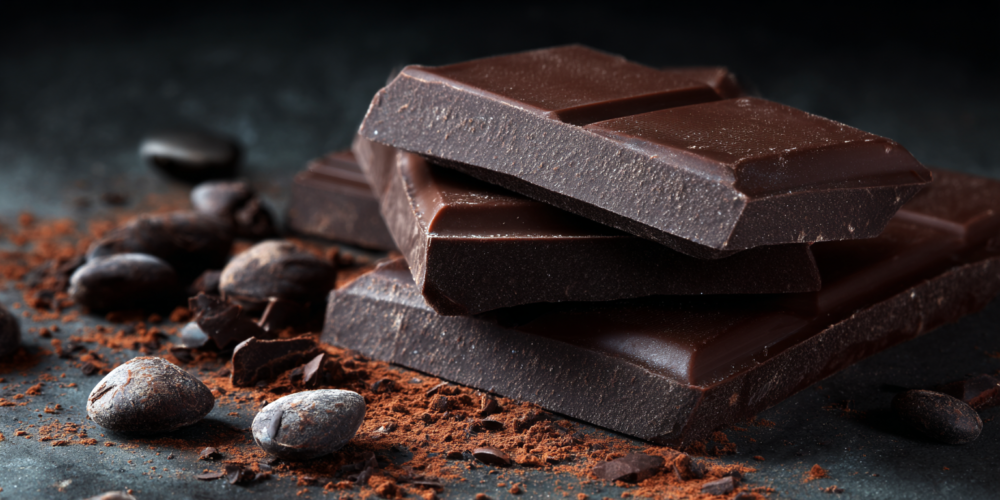
Yes, you read that right! Dark chocolate, especially the kind with 70% or more cocoa, can be good for you. It’s rich in compounds called flavonoids. These flavonoids help your body make more nitric oxide. They work by helping your blood vessels get wider, which means better blood flow and lower blood pressure. Eating a little bit of dark chocolate can also help fight off harmful things in your body that can damage cells. So, a small piece of dark chocolate can be a nice treat that also helps your heart.
5. Watermelon: The Summer Circulation Booster
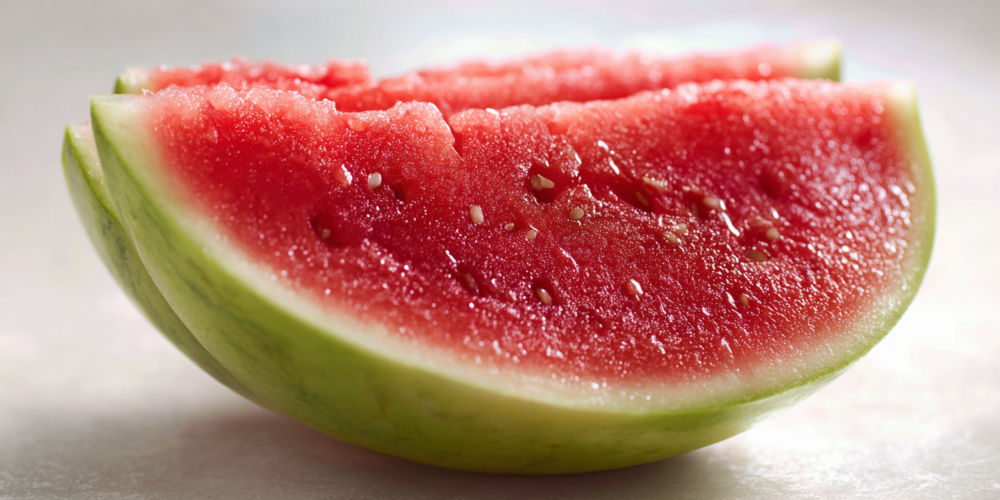
Watermelon is not just refreshing; it’s also good for your circulation. It contains an amino acid called citrulline. When you eat watermelon, your body turns this citrulline into nitric oxide. This helps improve your circulation and can help keep your blood pressure in check. Interestingly, watermelon has also been looked at for its effects on men’s health, because nitric oxide also helps with erectile function. So, enjoy a slice of watermelon on a hot day!
4. Ginger: The Spicy Helper

Ginger is a root that’s been used for a long time for its health benefits. It can actually help boost nitric oxide in your body. Studies suggest that eating ginger can make nitric oxide more available for your body to use. This helps your blood vessels open up and improves blood flow. Ginger also has strong properties that fight swelling and are full of antioxidants, which are good for your heart and blood vessels overall. You can add fresh ginger to teas, stir-fries, or smoothies.
3. Citrus Fruits: Vitamin C Powerhouses
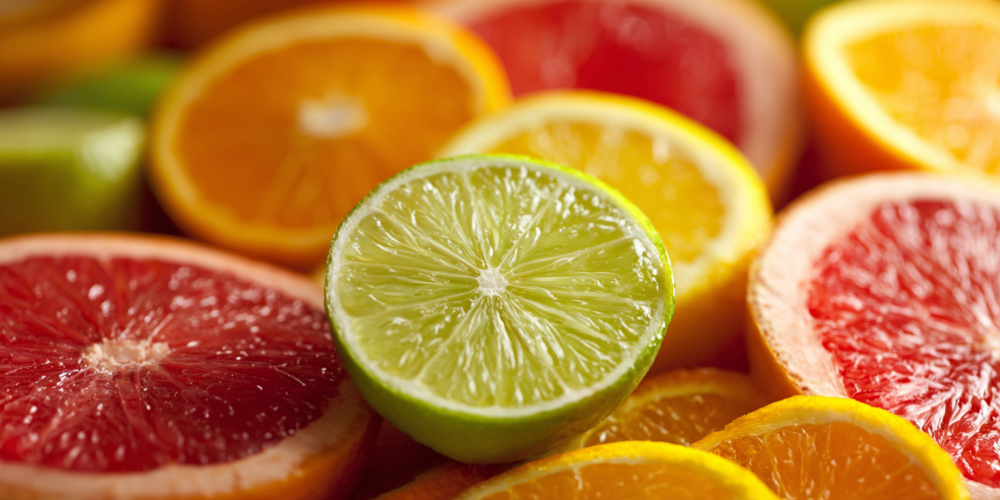
Oranges, lemons, grapefruits – these are all packed with Vitamin C. Vitamin C is super important because it helps protect nitric oxide and makes its effects last longer in your body. It stops nitric oxide from breaking down too quickly, which means your blood vessels can stay relaxed and open. This leads to better blood flow and can help lower blood pressure. Plus, citrus fruits are full of powerful antioxidants that help fight swelling and keep your heart healthy. A glass of fresh orange juice or a squeeze of lemon in your water can make a difference.
2. Pumpkin: More Than Just a Fall Favorite
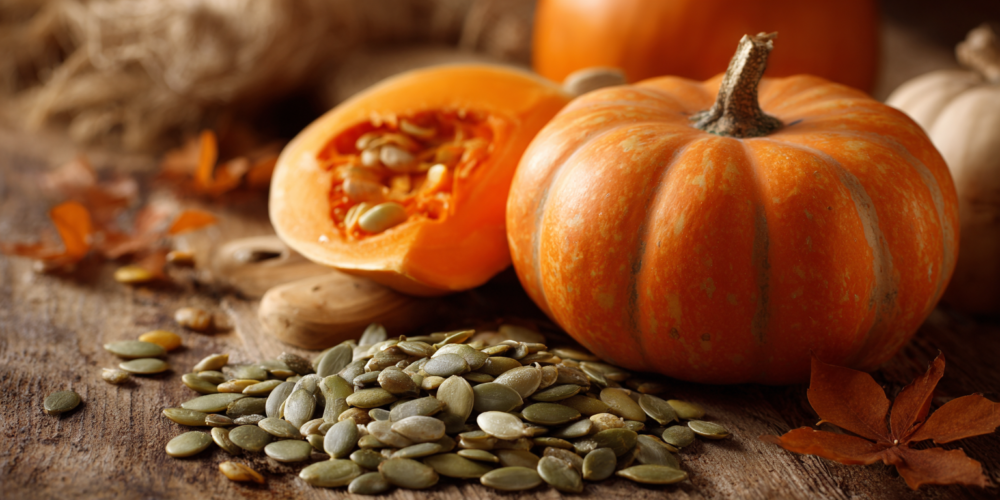
Pumpkin isn’t just for pies and Halloween! It’s a great source of antioxidants and beta-carotene. These help protect your body’s cells and also play a part in making nitric oxide. Pumpkin also has magnesium and potassium, which are minerals that are key for keeping your blood pressure balanced and your heart healthy. Eating pumpkin regularly can help your blood vessels open up better, leading to more efficient and healthy circulation. Try adding pumpkin to soups, stews, or even baking it.
1. Arugula: The Leafy Green Champion
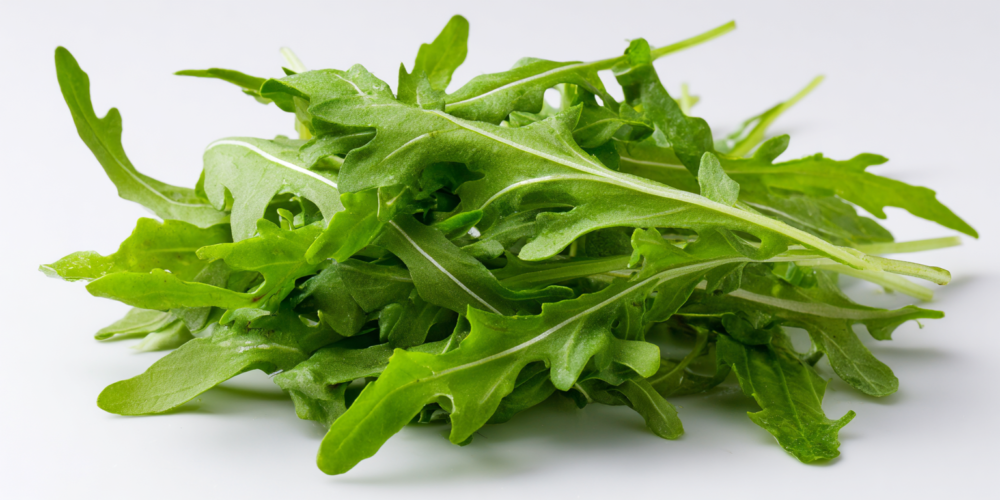
Arugula is one of the best leafy green vegetables when it comes to nitrates. Your body quickly turns these nitrates into nitric oxide. This helps your blood vessels relax and get wider, which means better circulation and lower blood pressure. Arugula is also a good source of antioxidants and Vitamins A and K, which help protect your cells from damage. Some studies even show that eating arugula can increase nitric oxide levels in your blood by up to 50% after a meal! It’s a simple addition to salads or sandwiches.
What Else Can You Do? Avoiding Inflammatory Foods

While adding these amazing foods to your diet is a big step, it’s also important to think about what you might need to cut back on. Sometimes, what you put on your plate can actually cause problems in your body.
For example, eating too much refined sugar, gluten, or processed foods can lead to something called chronic swelling in your body. This isn’t like the swelling you get from a sprained ankle; it’s a low-level, ongoing swelling that can open the door to serious health issues. We’re talking about things like diabetes, high blood pressure, and even problems with your blood vessels.
The good news is that by choosing to avoid these kinds of foods, you can actually reduce that swelling, feel better, and even help prevent some of these health problems that can really mess with your quality of life. It’s about making smart choices for your body.
So, challenge yourself to include at least one of these nitric oxide-boosting foods in your diet over the next week. See how you feel! Taking care of your health is a journey, and every small step counts. Your body will thank you for it.
Source: Dr. Alexandre Amato

